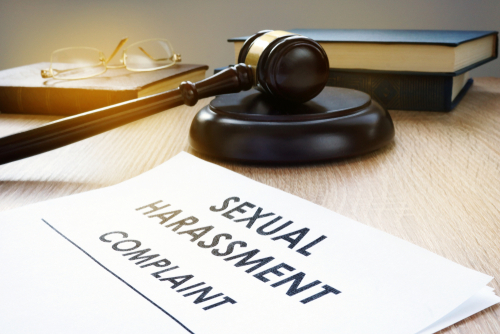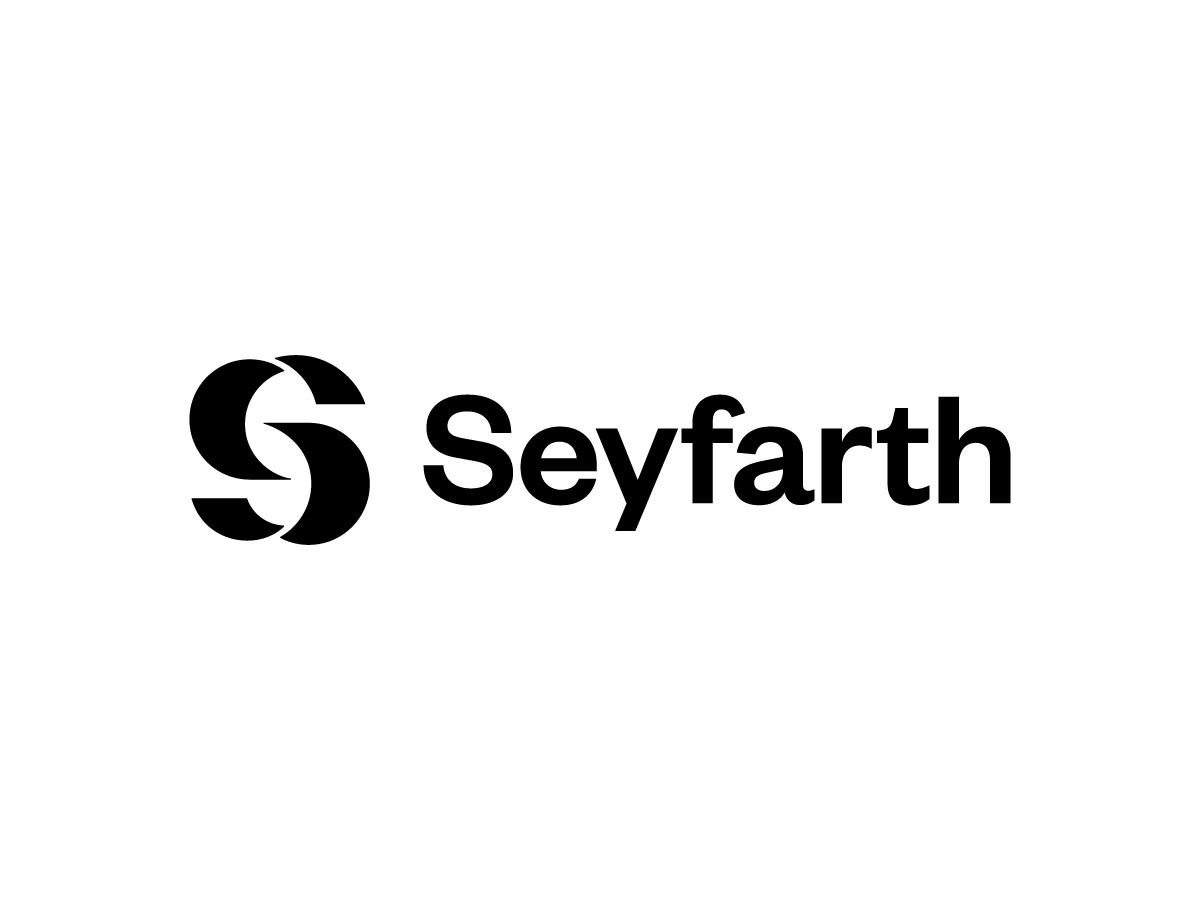CAFC Affirms PTAB Finding that Prior Art Reference was Not ‘By Another’
“[T]he material in the Tsang patent that surpassed the disclosure of the Seagate Annual Report was not relevant to the anticipation challenge to claims 14 and 17 of the ’601 patent.”
In a precedential decision issued earlier this month, the U.S. Court of Appeals for the Federal Circuit (CAFC) affirmed a decision of the Patent Trial and Appeal Board (PTAB) in an appeal by LSI Corporation and Avago Technologies U.S. Inc. (LSI) regarding the PTAB’s finding that LSI’s cited reference in an inter partes review (IPR) did not qualify as prior art. The CAFC said in part that U.S. Patent No. 5,731,768 (“Tsang”) was not “by another” under 35 U.S.C. 102(e) for U.S. Patent No. 5,859,601 (‘601 patent).
The ’601 patent involves receiving sequences of input data blocks that contain error-prone patterns and then converts each input data block into corresponding a “codeword” that circumvents the error-prone pattern. The ‘601 patent works to convert input data blocks into codewords that (1) “impose a limit on the maximum number of consecutive transitions” that are transcribed on the storage device and (2) impose a limit on the maximum number of non-transitions. These two limitations on bit transitions are embodied in the claims with ‘j’ constraint and ‘k’ constraint. Claim 13 serves as the most general claim with these constraints while claim 14 narrows the limitations and claim 17 further narrows claim 14.
LSI argued that claim 14 of the ‘601 patent is anticipated by U.S. Patent No. 5,392,270 (Okada) and U.S. Patent No. 5,731,768 (Tsang). Okada discloses converting input data blocks using two rules that remove the event of certain patterns in the input data blocks for optical disks. Okada includes Tables 1-9 which include example mapping of all 8-bit input data blocks to 13-bit converted output data blocks. LSI originally argued that Okada’s disclosure of its second rule anticipated claims 14 and 17, but later argued that Table 8 and 9 were embodiments that anticipated claims 14 and 17.
LSI’s second theory contended that Tsang anticipated the ‘601 patent and, more specifically, the portions of Tsang disclosed in what is known as the Seagate Annual Report. Some context regarding the ‘601 patent is necessary to understand the Tsang anticipation argument. In September 1995, the inventors of the ‘601 patent submitted the Seagate Annual Report about their coding to Seagate. The material found in the Seagate Annual Report was later embodied in the ‘601 patent.
In both the ’601 patent and Seagate Annual Report, the coding process takes an input sequence of binary data and encodes it in a way that removes error-prone patterns of consecutive bit transitions before saving the encoded sequence in a computer storage device. There was no contention that the Seagate Annual Report can be relied upon as prior art for the ‘601 patent but because the inventors of the ‘601 patent are the only authors of the Seagate Annual Report, it cannot be considered “by another” under Section 102 even if it was publicly available before the priority date.
LSI, rather, relied on another available prior-art patent, Tsang, to anticipate claims 14 and 17 of the ‘601 patent. Roughly four months after receiving the Seagate Annual Report, but before the filing date of the ‘601 patent, Dr. Kinhing Tsang, an employee at Seagate, filed a patent application that later become the Tsang patent. There was no common inventorship between the ‘601 patent and Tsang. Tsang revised the coding process outlined in the Seagate Annual Report which resulted in a higher input-output rate allowing for more efficient storage.
Procedural History
In August 2016, the Regents of the University of Minnesota (UMN) brought suit against LSI for infringement of the ‘601 patent. LSI then petitioned for IPR of the ‘601 patent. When before the PTAB, UMN moved for dismissal of LSI’s petition on the grounds of sovereign immunity. The PTAB denied this motion but stayed the proceedings while UMN appealed the PTAB’s decision.
In the ensuing proceedings, UMN disclaimed all the challenged claims aside from claims 13, 14, and 17. The PTAB issued its final decision in April 2021 finding that claim 13 was anticipated by Okada. However, the PTAB held that LSI had not shown that claims 14 and 17 were unpatentable in view of Okada or Tsang.
The PTAB determined that LSI’s argument that Okada’s Tables anticipate claims 14 and 17 were untimely because they were not raised on appeal. Furthermore, had the arguments been timely, LSI still failed to explain how the tables independently comprised the complete embodiment. Regarding the Tsang grounds, the PTAB held that LSI had “not satisfied its burden to prove the portions of Tsang relied upon for anticipation represent the work of another to qualify as prior art under Section 102(e).”
Okada Prior Art
The CAFC began its analysis by considering whether the PTAB erred with respect to Okada. LSI argued on appeal that they did not need to challenge the untimeliness determination because the PTAB reached the merits. Citing Intelligent Bio-Systems, Inc. v. Illumina Cambridge Ltd. (CAFC, 2016), where the court rejected a similar contention, the CAFC affirmed the PTABs conclusion of untimeliness because LSI forfeited any challenge to the untimeliness holding after they failed to challenge it in their opening brief on appeal and the PTAB’s holding constitutes an independent ground for its decision.
Tsang Prior Art
The court next turned to whether the PTAB was correct in rejecting LSI’s claim based on Tsang by determining whether the relevant portions in Tsang describe an invention “by another.” Citing to Duncan Parking Techs., Inc. v. IPS Group, Inc. (CAFC, 2019), determining whether a reference is “by another” involves three steps. The PTAB must (1) determine what portions of the reference were relied on as prior art to anticipate the limitations at issue, (2) evaluate the degree those portions were conceived “by another” and (3) decide whether that other person’s contribution is significant enough to render them a joint inventor.
LSI argued it relied upon Tsang to establish anticipation, thus meeting the first prong of the Duncan Parking test and since Tsang is a species of the genus described in the ‘601 patent, Tsang anticipates claims 14 and 17. The CAFC determined that LSI misunderstood this test, because the inquiry is rather “whether the invention of Tsang was relied upon and relevant to anticipation, or whether it was simply Tsang’s summary of the earlier Seagate Annual Report that was relied upon and relevant to anticipation.” Tsang’s summary of and reliance on the Seagate Annual Report does not make Tsang an inventor on the ‘601 patent.
The CAFC continued:
“[T]he petition relied both on portions of Tsang that summarized the Seagate Annual Report and on additional portions of Tsang that were not merely derivative of the Seagate Annual Report—portions describing Tsang’s specific invention. But those additional portions of Tsang are not relevant to anticipation.”
The unique features of Tsang were irrelevant to the anticipation of claims 14 and 17, and the relevant features for anticipation were disclosed in the Seagate Annual Report and were merely repeated in Tsang’s background section. The court held that the PTAB did not err in holding that it was persuaded the petition relies on information disclosed in both Tsang and the Seagate Annual Report. The CAFC found the PTAB’s findings that the material in the Tsang patent that surpassed the disclosure of the Seagate Annual Report was not relevant to the anticipation challenge to claims 14 and 17 of the ’601 patent and that briefing the Seagate Annual Report in Tsang did not make him an inventor of the material.



.jpg?width=300&name=shutterstock_1018623748(1).jpg)


